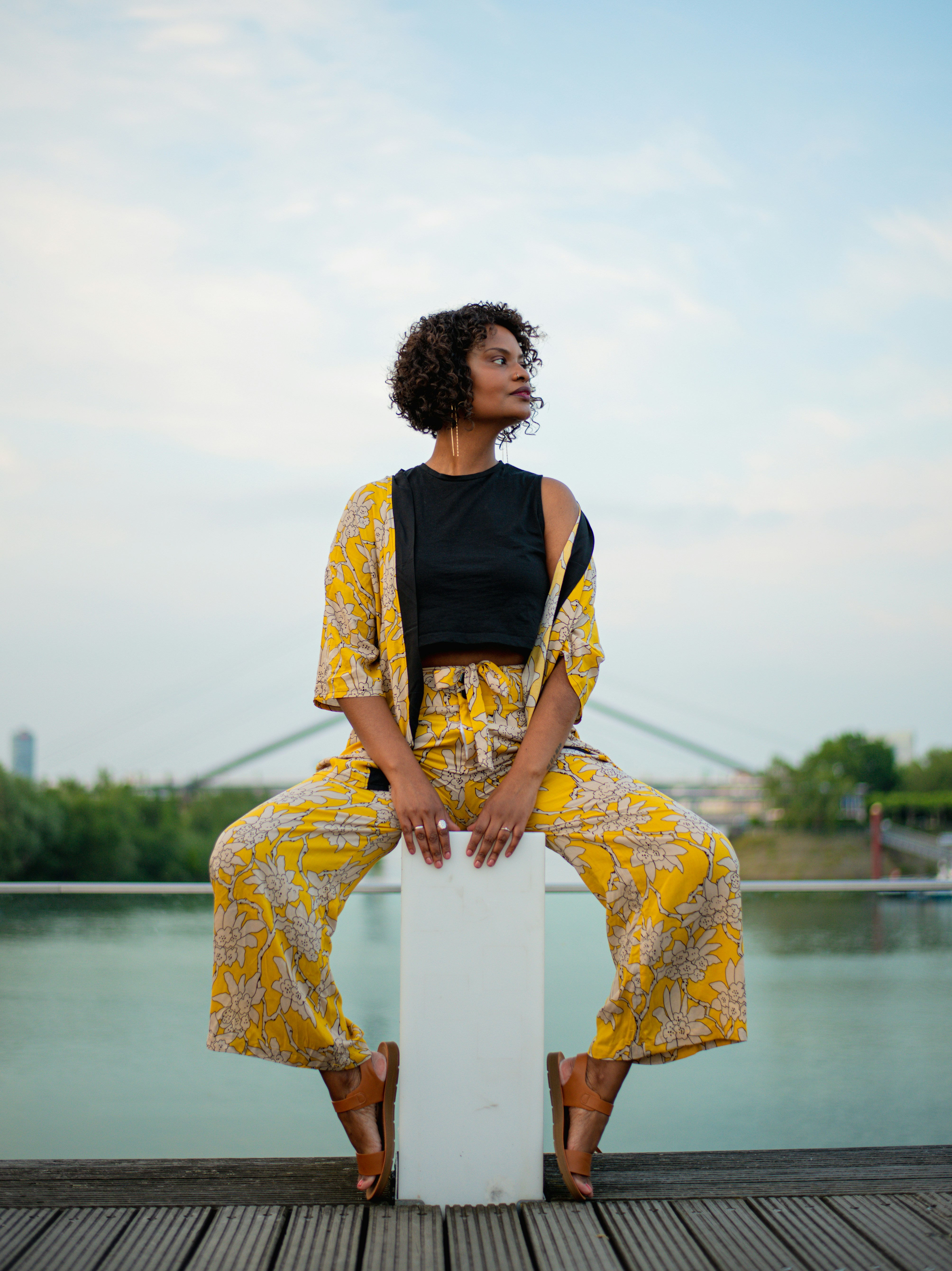Capturing Attention On Social Media
In a world where we scroll through hundreds of pieces of content in a single sitting, capturing attention on social media has never been more crucial—or more challenging. With the algorithm favouring content that keeps people watching from the very first second, the success of your reel often comes down to how strong your opening hook is. Think of it as your foot in the door—if you don’t grab their attention straight away, they’ll scroll past without a second thought, no matter how good the rest of your content is.
Author
READ
Category
The algorithm is built to prioritise content that keeps people engaged. One of the strongest signals it looks for is how long someone stays on your video—especially in those first few seconds. And with the sheer volume of content being pushed out every day, especially on platforms like Instagram and TikTok, you’re not just competing for attention—you’re competing for instant attention. That’s why your hook isn’t just a nice-to-have; it’s essential. Whether it’s a bold statement, an unexpected visual, or a question that taps into your audience’s curiosity, your hook is your best shot at stopping the scroll.
There are countless ways to create a strong hook, and the best ones are tailored to your audience and the message of your content. Some of the most effective types include: asking a relatable question (“Struggling to grow on Instagram?”), showing a before-and-after transformation within the first second, using text overlays with bold statements, or starting with a close-up and movement to immediately draw the eye. You can also experiment with audio hooks—like trending sounds or attention-grabbing voiceovers—that align with your message. The key is to experiment with different formats until you find what resonates most with your audience.
Different types of content call for different kinds of hooks. For educational or value-based content, leading with a problem your audience relates to works best—think: “Here’s why your content isn’t converting…” or “The 3 biggest mistakes I see in beauty branding.” For transformation-style content (like before-and-afters, makeovers, or creative processes), visual hooks are everything. Start with the “after” and then rewind to the beginning, or give a glimpse of the process within the first second to pique curiosity. For lifestyle or behind-the-scenes content, it can be as simple as a bold visual, an unexpected reaction, or a raw, unfiltered moment that feels personal and real.
If you’re using storytelling—whether it’s a brand journey, client experience, or even a personal insight—the best hooks are emotional or intriguing. Ask a question that invites connection (“Ever felt like giving up on your business?”) or start with a single, powerful statement (“I almost quit…”) to draw your viewer in. Then use the rest of the reel to take them on a journey. These types of hooks are especially effective when paired with strong body language, facial expression, or intentional pacing in your edit.
It’s also important to remember that each platform has its own style. What works on TikTok might need tweaking for Instagram Reels. TikTok hooks often lean into fast, chaotic, or humor-driven intros, while Instagram tends to reward clean visuals and clarity. The same rule applies: stop the scroll—but make sure your hook matches the tone and flow of the platform you’re posting on. Planning with this in mind helps you get more out of every piece of content you create, and builds a stronger connection with the right audience.
For beginners, the best place to start is by planning your hook before anything else. Before filming, ask yourself: Why would someone stop to watch this? Then, build your content around that answer. Don’t overthink it—keep it clear, concise, and aligned with your message. You’ll get better with practice, and the more you pay attention to what grabs you when you’re scrolling, the more naturally creating hooks will become. Remember, the first second isn’t just the start of your content—it’s your chance to earn the rest of their attention.







